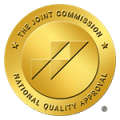As parents, it’s crucial to stay vigilant about potential risks your children may encounter. One way to do this is by recognizing the distinctive smells associated with substances like cocaine, heroin, and methamphetamine.
This guide aims to shed light on these odors and empower you with knowledge.
What Are Heroin and What Does Heroin Smell Like?
Heroin, scientifically known as diacetylmorphine, belongs to the opioid class of drugs. Derived from morphine, it exhibits potent pain-relieving properties. However, its recreational use has led to widespread concern due to its highly addictive nature.
Heroin is synthesized from morphine through a chemical process that involves acetylation. This alteration rapidly enhances its ability to cross the blood-brain barrier, intensifying its euphoric effects. The result is a substance that, when abused, can lead to severe health consequences.
What Does Heroin Smell Like?
Heroin, an opioid drug derived from morphine, has a distinct aroma that is often likened to vinegar or acidic, similar to the smell of acetic acid. The scent can be pungent and linger in the air or on personal belongings. Recognizing the smell of heroin is crucial for parents, as this drug is highly addictive and can have severe consequences on one’s health.
If you catch a whiff of a vinegar-like smell lingering in unexpected places, it’s crucial to investigate further. Early detection can be a critical factor in addressing any potential substance abuse issues.
What Are Cocaine and What Does Cocaine Smell Like?
Cocaine is a crystalline trove derived from the leaves of the coca plant. Renowned for its stimulant effects, it induces a transient euphoria and heightened alertness in users. As a central nervous system stimulant, it alters the brain’s neurotransmitter levels, resulting in intense feelings of pleasure.
What Does Cocaine Smell Like?
Cocaine, a powerful stimulant derived from the coca plant, has a unique scent that can be challenging to describe. Users often report a faint chemical or gasoline-like odor, similar to the smell of paint thinner. The scent may also be slightly sweet or floral. In some instances, the smell of cocaine is accompanied by a numbing sensation in the nose when the drug is present.
Identifying the smell of cocaine is not straightforward, and the human nose may struggle to discern subtle nuances. Law enforcement agencies often employ trained K-9 units to detect narcotics, emphasizing the complexity of isolating a specific scent associated with cocaine.
If you notice an unusual, almost sweet smell with chemical undertones, it could be indicative of cocaine use. Stay alert and be aware of any sudden changes in your surroundings.
What Are Meth and What Does Meth Smell Like?
Methamphetamine, commonly known as meth, is a powerful and highly addictive central nervous system stimulant. As a synthetic drug, it wreaks havoc on the brain and body, leading to a myriad of physical and psychological repercussions.
Methamphetamine is composed of a combination of toxic chemicals, including pseudoephedrine, which is found in some over-the-counter medications. This potent concoction results in a stimulant that triggers an intense release of dopamine, the neurotransmitter associated with pleasure and reward.
What Does Meth Smell Like?
Methamphetamine has a distinct odor that is often described as a toxic, acrid smell. Individuals familiar with meth may recognize it as a pungent, chemical scent resembling ammonia or gasoline. This unique smell results from the various volatile compounds used in production.
Should you encounter an intense, almost eye-watering scent that seems out of place, it’s essential to delve deeper into the situation to ensure the safety of your loved ones.
What Are Some Factors Influencing Drug’s Odor?
Composition Matters:
Understanding the composition of a drug is paramount when exploring its odor. The chemical structure plays a pivotal role in shaping the aromatic profile. Specific functional groups and molecular arrangements contribute to the distinctive scent that accompanies a drug. As we dissect the molecular dance, we unravel the secrets behind each whiff.
Purity and Impurities:
A high-quality drug isn’t just about efficacy; it also extends to the olfactory experience. Pure pharmaceutical compounds often possess a neutral or minimal scent. However, impurities can introduce unexpected odors. Manufacturers keen on delivering a pleasant user experience invest in rigorous purification processes, ensuring the final product is potent and olfactorily pleasing.
Manufacturing Methods:
The method of drug production is a crucial determinant of its odor. Different manufacturing processes can result in distinct aromatic profiles. From crystallization to distillation, each step leaves its aromatic imprint. Pharmaceutical artisans meticulously choose production methods to balance efficiency with the desired olfactory outcome.
Environmental Influence:
A drug’s journey doesn’t end at production—it extends to storage. Environmental factors like temperature and humidity can influence a drug’s scent. Improper storage conditions may lead to alterations in aroma over time.
Why Is It Necessary To Recognize Smells of Cocaine, Heroin, and Meth?
Recognizing the smells associated with cocaine, heroin, and methamphetamine is imperative for several crucial reasons.
Early Detection of Substance Abuse:
By identifying these distinct odors, parents can detect potential substance abuse in its early stages. These distinctive smells often precede more visible signs of drug use, allowing for timely intervention. Early detection allows addressing the issue before it escalates, increasing the chances of successful intervention and rehabilitation.
Protecting Your Loved Ones:
Knowledge of drug odors serves as a protective measure for your family. Recognizing these smells empowers parents to create a safe environment and implement preventive strategies. This awareness enables proactive conversations with children, fostering an open dialogue about the risks associated with substance abuse.
Initiating Open Conversations:
Understanding drug odors facilitates open communication. When parents know the distinctive smells, they can engage in meaningful conversations with their children. This proactive approach encourages an honest and transparent discourse about the dangers of drug use, making it more likely for children to confide in their parents about any concerns or peer pressure they may be facing.
Prompting Timely Professional Intervention:
Early recognition of drug odors allows for prompt, professional intervention. If parents suspect substance abuse, seeking guidance from professionals becomes essential. Recognizing the smells associated with cocaine, heroin, and meth enables parents to take decisive action, ensuring that their children receive the necessary support and treatment from experts in the field.
Creating a Supportive Environment:
Knowledge of drug odors contributes to the creation of a supportive family environment. Informed and aware parents can approach the issue with empathy and understanding. It not only aids in addressing the problem effectively but also fosters an atmosphere where children feel comfortable seeking help without fear of judgment.
What to Do if You Suspect Drug Use?
If you suspect your child or someone close to you is using drugs, it’s crucial to address the situation promptly. Open communication is key; approach the individual calmly and express your concerns. Seek professional help from an Addiction Treatment Los Angeles like Golden Road Recovery, which can guide you through the process of intervention and rehabilitation.
Conclusion
Being aware of the distinctive smells associated with drugs like cocaine, heroin, and methamphetamine is an invaluable tool for parents. Recognizing these scents early on can aid in addressing potential substance abuse issues and seeking the necessary help.
It’s essential to stay vigilant and maintain open communication with your loved ones to create a supportive environment for those facing addiction.
Amidst the challenges of identifying these elusive scents, seeking professional help is crucial. Golden Road Recovery stands as a beacon of support for your children grappling with substance abuse.
[gravityform id=”7″ title=”true” description=”true”]





